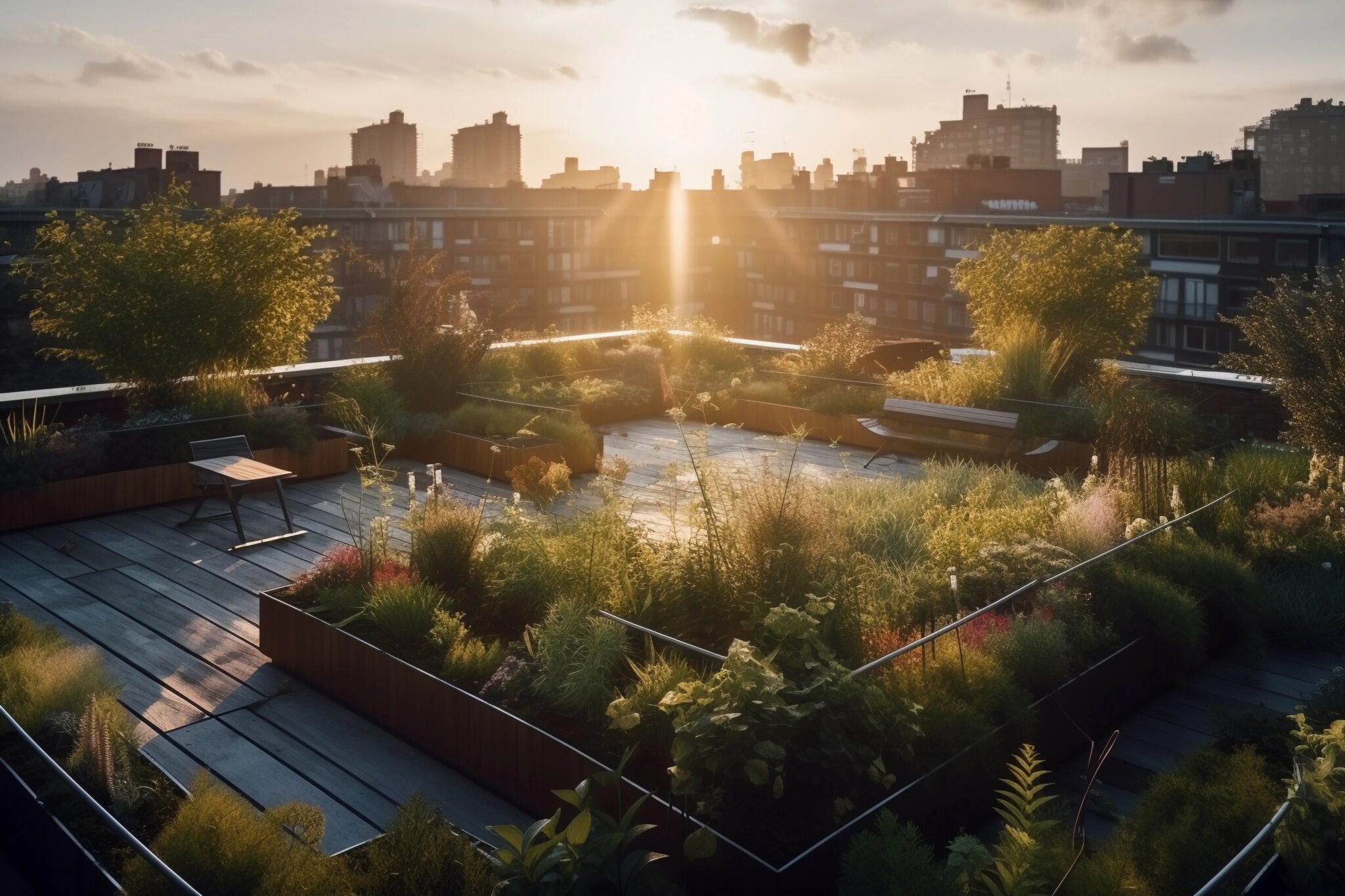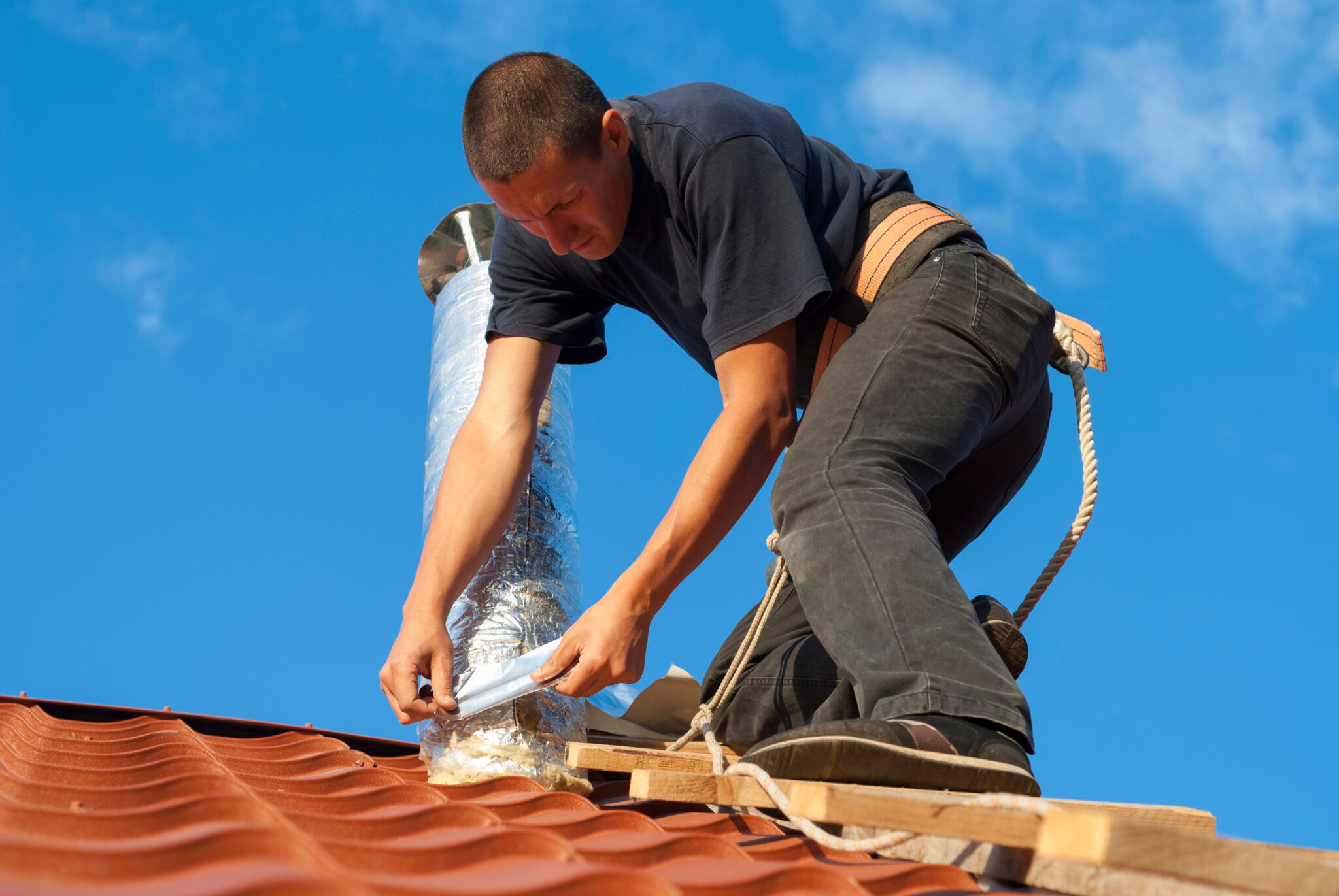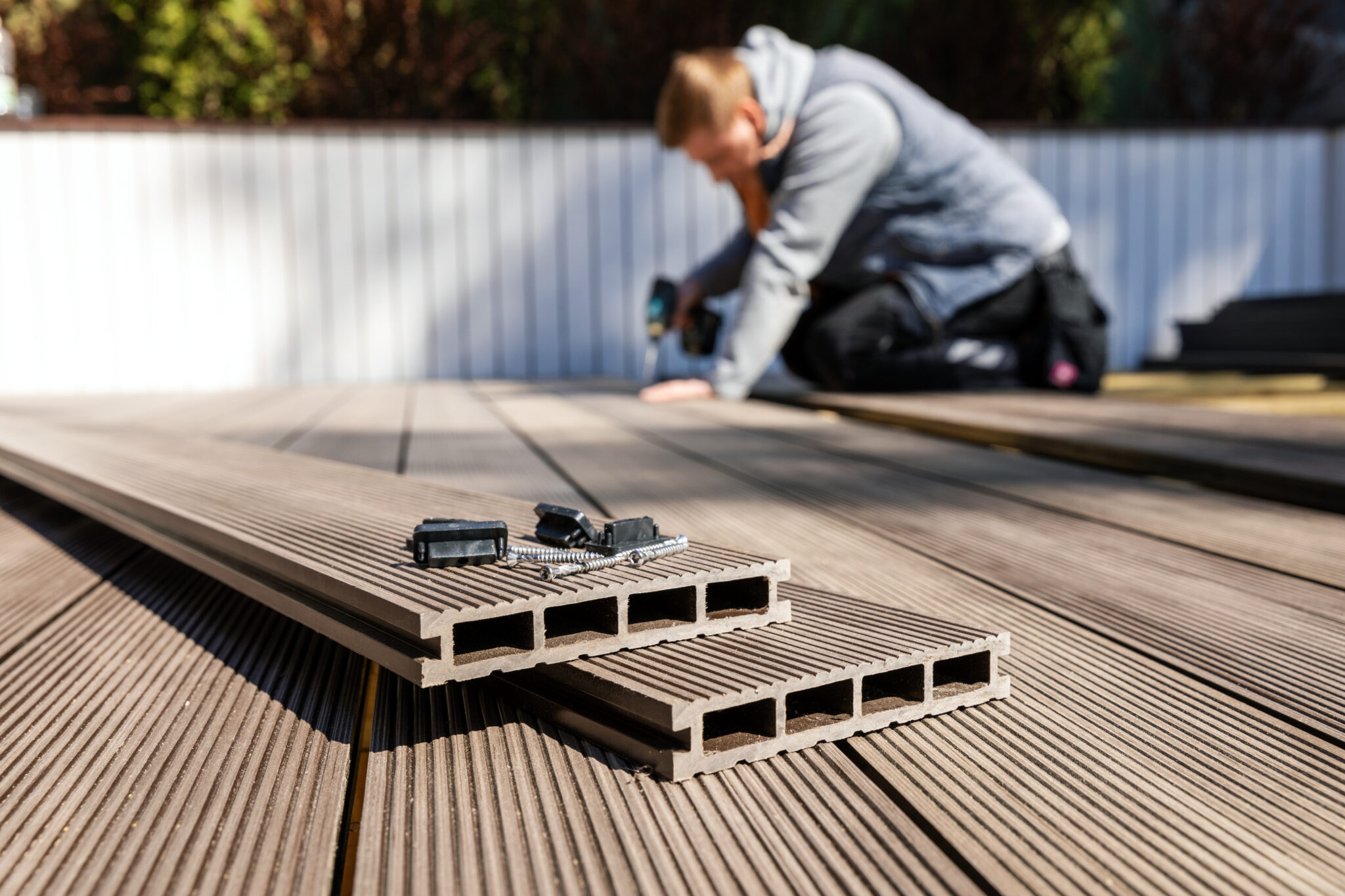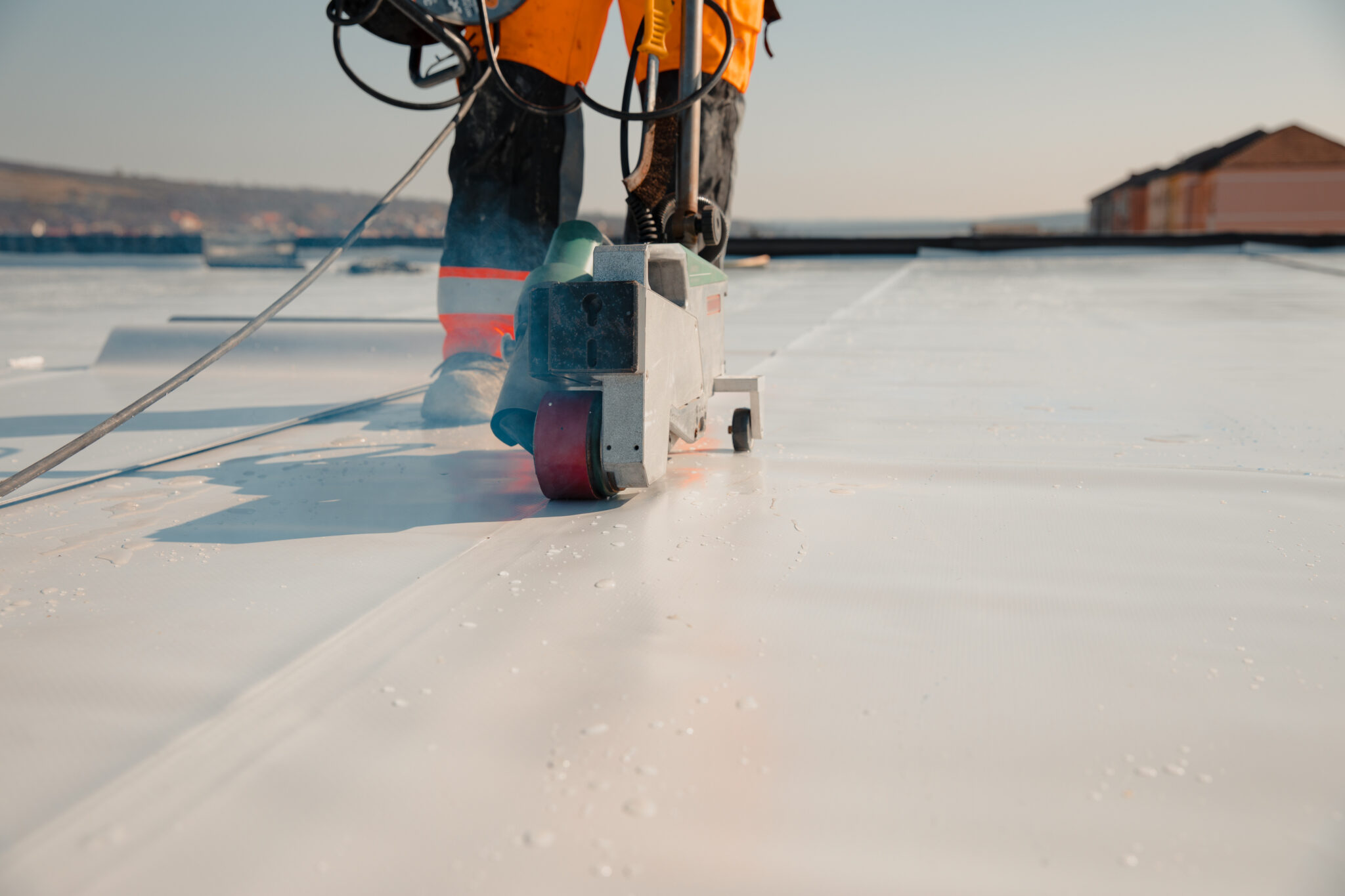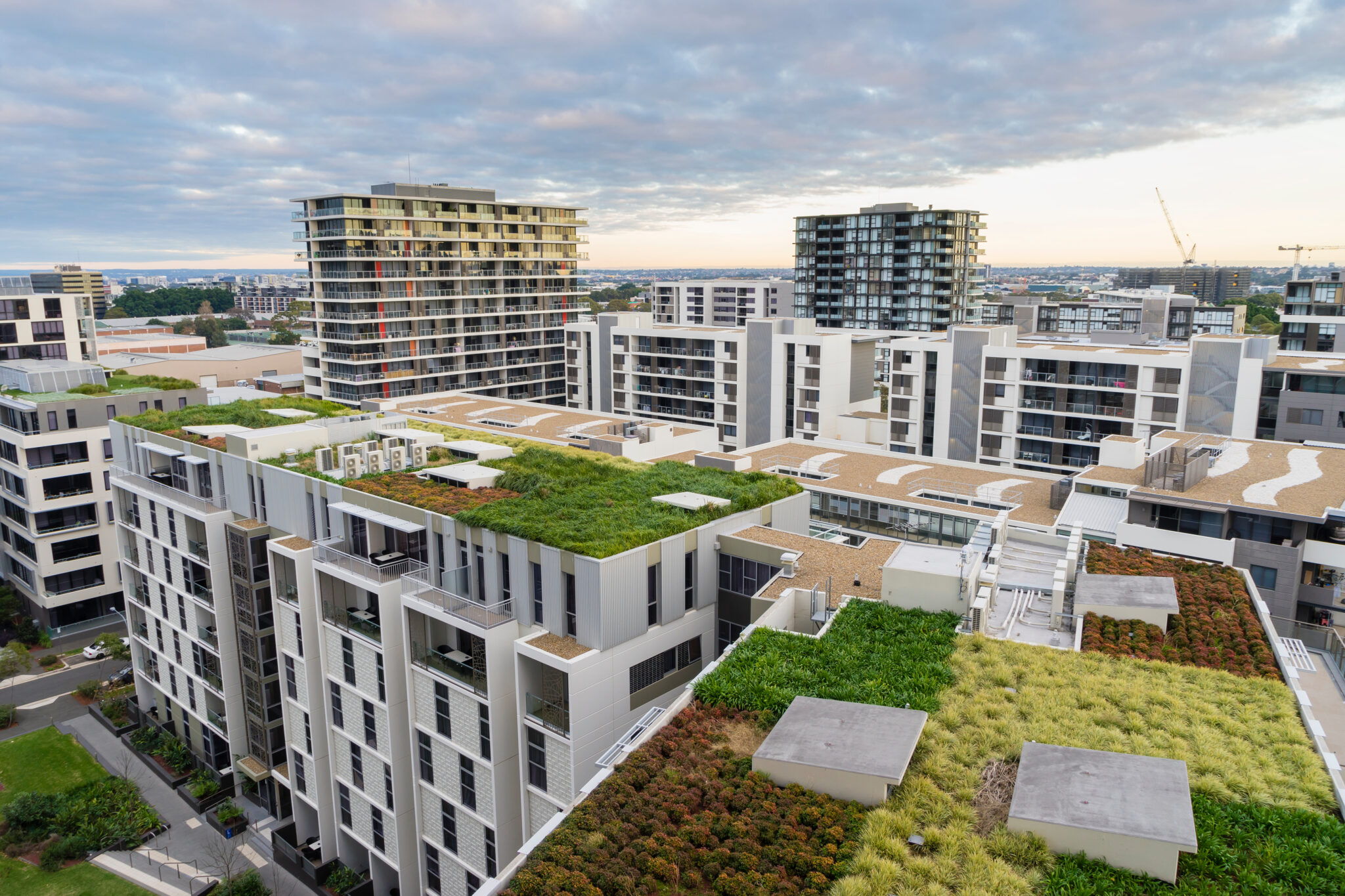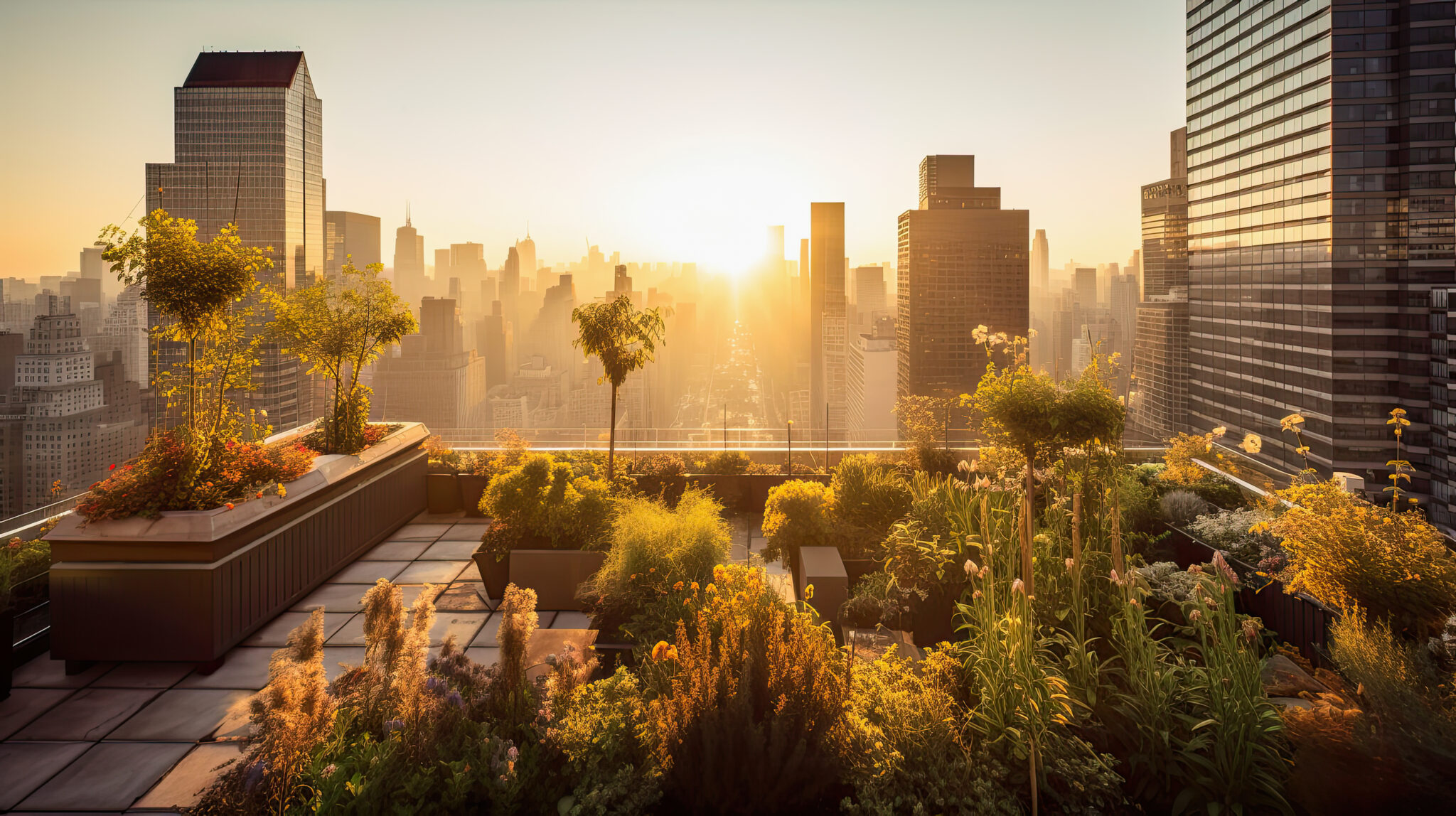
ARCHITECTURE I DEVELOPMENT
ABOUT
We are AVLV (“Avolve”), a vertically integrated sustainable architecture and real estate development company.
SERVICES
Cost effective sustainable architecture and development services to developers.
INVESTMENTS
Short and long term sustainable real estate investment opportunities to investor.
CONTACT US
For architecture services
architecture@avlv.com
For investments
finance@avlv.com

